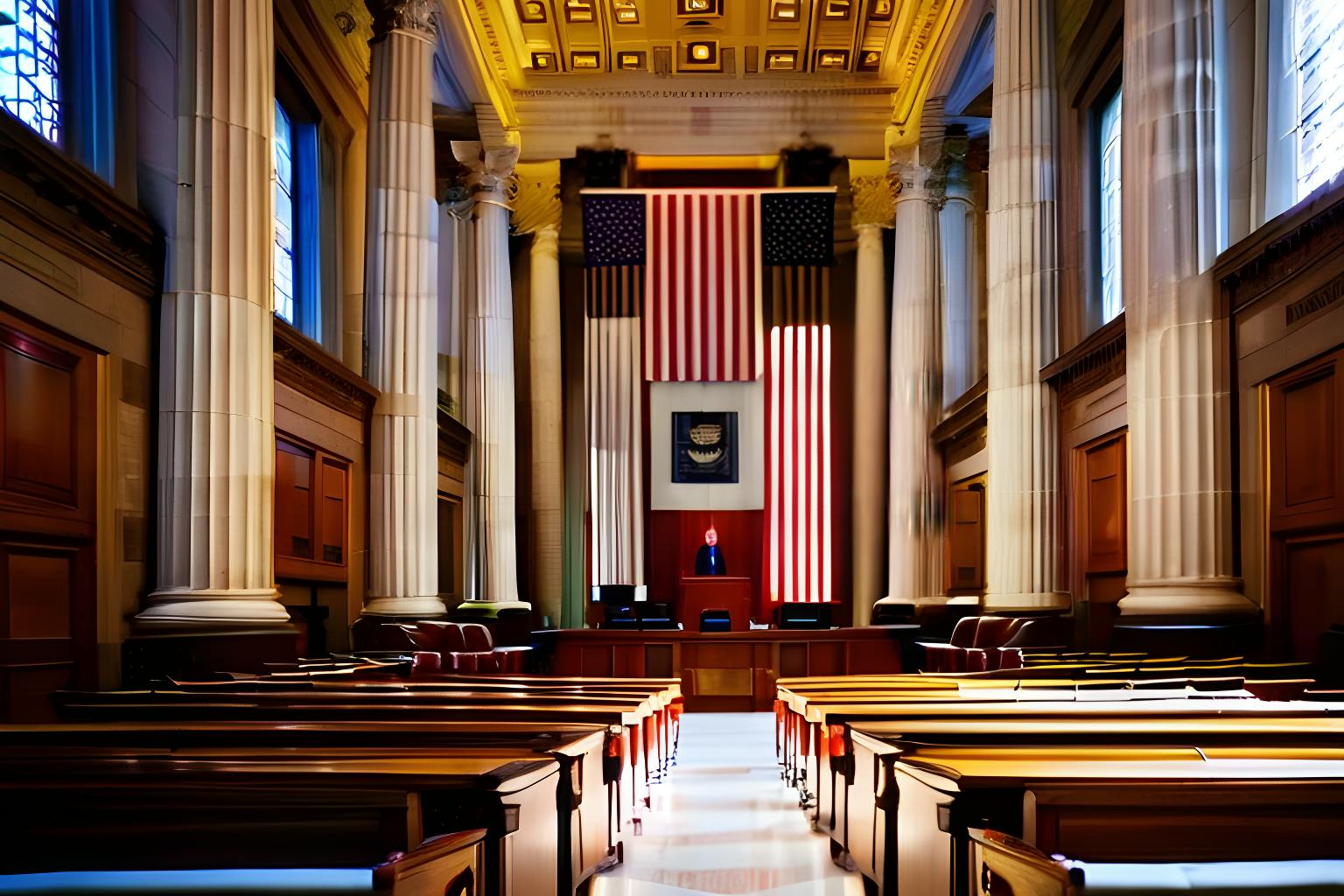Samsung vs. Apple (2016) Court Filing, retrieved on October 11, 2016, is part of HackerNoon’s Legal PDF Series. You can jump to any part in this filing here. This part is 5 of 8.
Opinion of the Court: II
Section 289 allows a patent holder to recover the total profit an infringer makes from the infringement. It does so by first prohibiting the unlicensed “appli[cation]” of a “patented design, or any colorable imitation thereof, to any article of manufacture for the purpose of sale” or the unlicensed sale or exposure to sale of “any article of manufacture to which [a patented] design or colorable imitation has been applied.” 35 U. S. C. §289. It then makes a person who violates that prohibition “liable to the owner to the extent of his total profit, but not less than $250.” Ibid. “Total,” of course, means all. See American Heritage Dictionary 1836 (5th ed. 2011) (“[t]he whole amount of something; the entirety”). The “total profit” for which §289 makes an infringer liable is thus all of the profit made from the prohibited conduct, that is, from the manufacture or sale of the “article of manufacture to which [the patented] design or colorable imitation has been applied.”
Arriving at a damages award under §289 thus involves two steps. First, identify the “article of manufacture” to which the infringed design has been applied. Second, calculate the infringer’s total profit made on that article of manufacture.
This case requires us to address a threshold matter: the scope of the term “article of manufacture.” The only question we resolve today is whether, in the case of a multicomponent product, the relevant “article of manufacture” must always be the end product sold to the consumer or whether it can also be a component of that product. Under the former interpretation, a patent holder will always be entitled to the infringer’s total profit from the end product. Under the latter interpretation, a patent holder will sometimes be entitled to the infringer’s total profit from a component of the end product.[2]
[2] In its petition for certiorari and in its briefing, Samsung challenged the decision below on a second ground. It argued that 35 U. S. C. §289 contains a causation requirement, which limits a §289 damages award to the total profit the infringer made because of the infringement. Samsung abandoned this theory at argument, and so we do not address it. See Tr. of Oral Arg. 6.
Continue Reading Here.
About HackerNoon Legal PDF Series: We bring you the most important technical and insightful public domain court case filings.
This court case No. 15–777 retrieved on September 26, 2023, from supremecourt.gov is part of the public domain. The court-created documents are works of the federal government, and under copyright law, are automatically placed in the public domain and may be shared without legal restriction.

